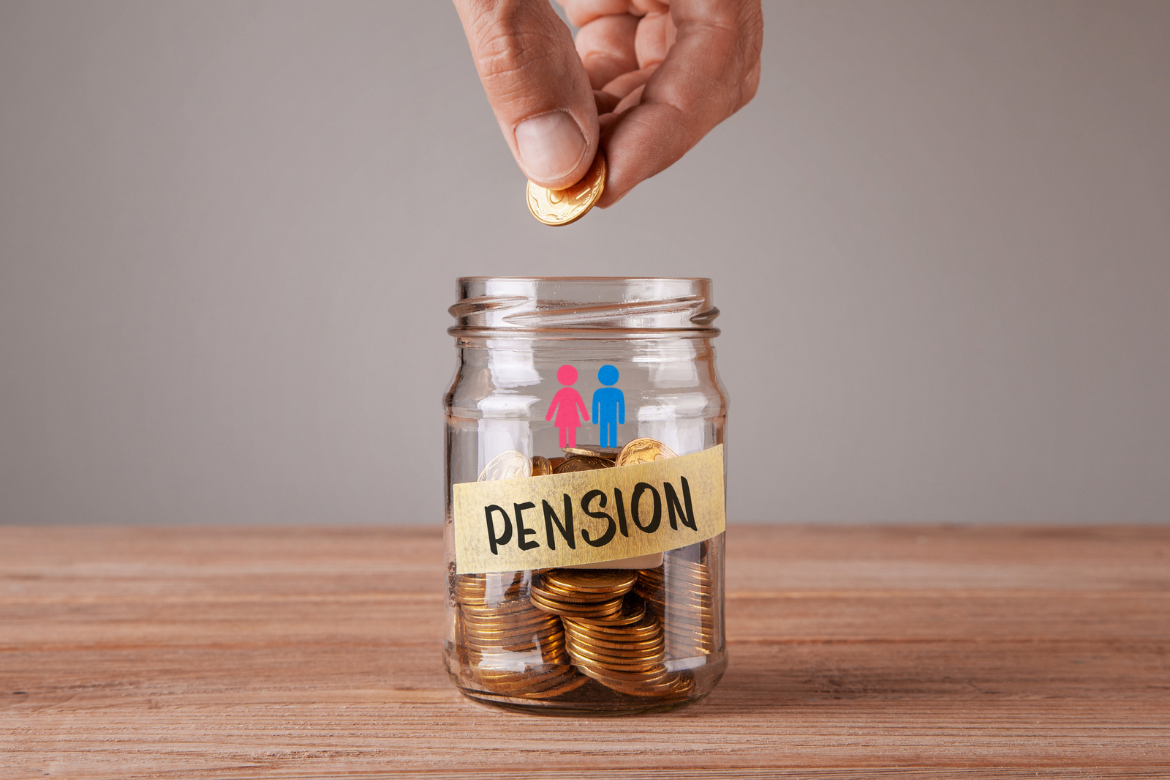A new report by Ontario’s Pay Equity Office has revealed a persistent gender pension gap. The research paper, “Understanding the Gender Pension Gap in Canada,” authored by Dr. Elizabeth Shilton, highlights significant disparities between men and women in retirement income.
According to the report, women receive only 83 cents for every dollar men receive in retirement income, resulting in a 17% gender pension gap. Kadie Philp, Commissioner and CAO of the Ontario Pay Equity Commission, stated, “This stark reality isn’t just a number – it’s a concerning trend contributing to a notable gender disparity among older Canadians, particularly women.”
The Gender Pension Gap (GPG) is defined as the difference in retirement income between men and women, calculated from three primary sources: Old Age Security and Guaranteed Income Supplement, the Canada Pension Plan/Quebec Pension Plan, and private pensions.
In 2020, approximately 200,000 more women aged 65 and older lived below Canada’s low-income cut-off compared to men. Additionally, 21% of women aged 75 and older had incomes below this threshold, a rate 51% higher than their male counterparts.
The report identifies several factors contributing to this disparity, including lower wages and fewer hours spent in the paid labour market by women. These factors create savings gaps that eventually lead to the gender pension gap. “Gendered differences in income, whether while working or in retirement, have multiple and interrelated causes,” Philp noted. “This report is a must-read for everyone interested in redressing workplace inequities.”
The research also highlights that the gender pension gap has not narrowed significantly since 1976 when it was 15%. As of 2021, the gap remained at 17%, despite increased labour force participation by women. In contrast, the average gender pension gap across 34 OECD countries was 25.6%, with Canada ranking 12th out of 47 countries in the Mercer CFA Institute 2023 Global Pension Index.
Several factors exacerbate the gender pension gap. Women are more likely to exit the labour market for childbearing and child-rearing, and they are more likely to work part-time due to caregiving responsibilities. In 2021, 24.4% of Canadian female workers were part-time, compared to 13% of male workers. Unpaid domestic labour is also predominantly performed by women, with 89.9% of insured mothers taking maternity/parental leave compared to 11.9% of insured fathers.
The gender wage gap further impacts retirement income. Two of the three pillars of Canada’s pension system are tied to earning power. In 2021, the gender income gap was 28% for average annual earnings and 11% for average hourly earnings. Historical biases in the public pension system, designed initially for heterosexual couples with a male breadwinner, continue to disadvantage women.






